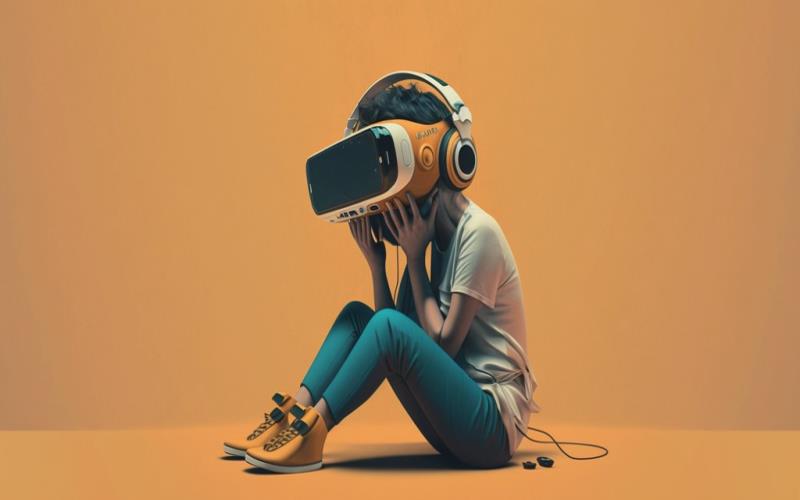Virtual Reality (VR) has transformed how we interact with digital environments, offering immersive experiences that span entertainment, education, and professional training. Among its many applications, VR is revolutionising safety training, making it possible to simulate realistic scenarios without the risks associated with real-life practice. One compelling example is VR safety training solutions specifically designed to teach users how to properly use fire extinguishers in various emergency situations.
However, as promising and exciting as VR technology is, it brings along a challenge many users face: motion sickness. This discomfort can hinder the VR experience, but fortunately, there are effective strategies to overcome it. Let’s explore some tips and tricks to help you enjoy your VR journey without the queasiness.
Understand the Basics
Motion sickness in VR, often referred to as VR sickness, occurs when there’s a disconnect between what your eyes see and what your body feels, especially regarding motion. Your brain receives conflicting signals: your eyes perceive movement in the virtual environment, but your body feels stationary. This dissonance can lead to symptoms such as nausea, dizziness, and headaches.
Gradual Exposure
One of the most effective ways to combat VR motion sickness is through gradual exposure. Start with short sessions in less intense environments and slowly increase your time spent in VR as you become more accustomed to the experience. This approach allows your brain to adapt progressively, reducing the intensity of motion sickness symptoms over time.
Calibration is Key
Ensure your VR headset is properly calibrated – incorrect settings can exacerbate the feeling of disorientation and nausea. Take the time to adjust the interpupillary distance (IPD) and ensure the headset fits snugly and comfortably. Proper calibration can significantly enhance the clarity and stability of the VR experience, reducing the risk of motion sickness.
Stay Centred
Focusing on a fixed point in the virtual environment can help ground your senses and reduce feelings of disorientation. Many VR applications include a design element or feature that can serve as a focal point. By concentrating on this fixed point, especially during moments of intense movement, you can minimise the disconnect between your visual and vestibular systems.
Mind Your Environment
The physical environment where you engage in VR can also impact your susceptibility to motion sickness. Ensure you’re in a well-ventilated room to avoid overheating and have enough space to move around safely. Additionally, playing under adequate lighting can help mitigate some symptoms associated with VR sickness.
Take Breaks
Listening to your body is crucial – if you start feeling unwell, take a break. Continuing to push through the discomfort can lead to more severe motion sickness and prolong your recovery. Stepping away from the VR environment until you feel better is essential for your health and ensures a more enjoyable experience in your next session.
Hydration and Ginger
Staying hydrated is important, especially if you experience sweating or nausea. Additionally, natural remedies like ginger have been known to alleviate motion sickness symptoms. Consider having ginger tea or supplements before or during your VR sessions as a preventive measure.
The Future of VR
As VR technology continues to evolve, developers are becoming more aware of the challenges associated with motion sickness. Innovations aimed at reducing latency, improving frame rates, and creating more natural user movement within VR are on the horizon. These advancements promise to make VR experiences more comfortable and accessible to a broader audience.
Embracing VR Technology
Despite the challenge of motion sickness, VR’s potential remains vast and exciting. From immersive gaming experiences to practical applications like VR safety training, virtual reality is paving the way for innovative interactions in digital spaces. By adopting the tips and tricks outlined above, users can enhance their comfort and enjoyment in VR, unlocking the full potential of this transformative technology.
Virtual reality is here to stay, offering endless possibilities for exploration, learning, and engagement. As we continue to navigate and adapt to this digital frontier, overcoming obstacles like motion sickness will become a journey worth embarking on, leading to more immersive and enriching VR experiences for everyone.





